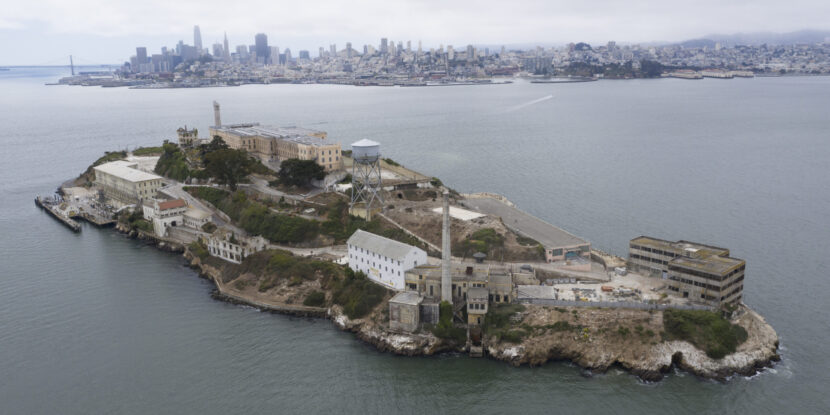
PULSE POINTS:
❓What Happened: President Donald J. Trump’s eye-catching proposal to reopen Alcatraz prison is being backed by action to reopen a number of other facilities across the U.S., mostly to detain illegal aliens.
👥 Who’s Involved: President Trump, U.S. Immigration and Customs Enforcement (ICE), CoreCivic, Geo Group, California Democrats, illegal aliens.
Your free, daily feed from The National Pulse.
📍 Where & When: Alcatraz Island, California, and other locations such as Michigan, New Jersey, and Kansas; recent months.
💬 Key Quote: “We don’t want ICE to expand their ability to cage our community members,” complained Susan Beaty, senior attorney for the California Collaborative for Immigrant Justice.
⚠️ Impact: Potential increase in immigration detentions.
IN FULL:
President Donald J. Trump’s recent suggestion to reopen Alcatraz, the historical prison in San Francisco Bay, California, has caused a stir. It is part of a broader initiative by the administration to repurpose several closed detention facilities across the United States, mostly for the purpose of detaining illegal aliens.
While California lawmakers have tried to dismiss the Alcatraz proposal as a diversion, efforts to reopen other facilities are progressing, often in collaboration with private prison companies. The Trump administration has been actively working to reactivate at least five other detention centers and prisons to house immigration detainees. Meanwhile, the Alcatraz proposal would see “America’s most ruthless and violent Offenders” confined on the island prison, according to Trump.
In California, U.S. Immigration and Customs Enforcement (ICE) is exploring reopening the California City Correctional Facility, which at one point housed over 2,000 people, and the Federal Correctional Institution (FCI) Dublin. Local activists such as Susan Beaty, of the California Collaborative for Immigrant Justice, are rattled by the moves to expand detention facilities in the Golden State, saying, “When there are fewer beds for ICE to incarcerate people, there are fewer arrests and less enforcement. We don’t want ICE to expand their ability to cage our community members, because we know that will lead to more incarceration and allow them to terrorize our communities even further.”
Elsewhere, the Geo Group is reopening the North Lake Correctional Facility in Michigan, potentially becoming the Midwest’s largest immigration detention center. In New Jersey, the Delaney Hall facility in Newark has also reopened for immigration detainees amid legal challenges from the city government. In Kansas, CoreCivic is working to reopen a detention center in Leavenworth.
The Trump administration’s push to utilize these shuttered facilities underscores its commitment to mass deportations. However, illegals are now being given the opportunity to use the CBP One app—which Joe Biden used to parole migrants into the U.S. en masse—to self-deport with a $1,000 stipend, avoiding detention and forcible removal.
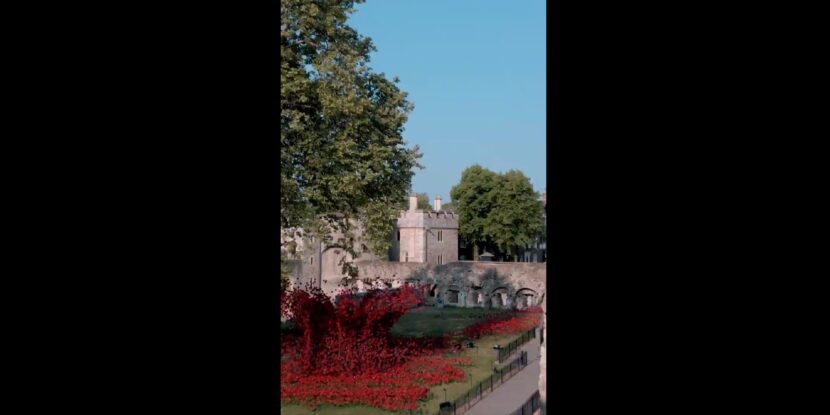
PULSE POINTS:
❓What Happened: Nearly 30,000 ceramic poppies are displayed at the Tower of London to commemorate 80 years since the end of World War II in Europe.
👥 Who’s Involved: The installation was designed by Tom Piper, with ceramic flowers created by artist Paul Cummins.
Your free, daily feed from The National Pulse.
📍 Where & When: The Tower of London, display open until Armistice Day, November 11.
💬 Key Quote: Tom Piper stated, “Everywhere these poppies have been, they have brought people together, with their own stories of sacrifice, commemoration, and hope for the future.”
⚠️ Impact: The installation aims to reflect the loss of life through war and provide a space for remembrance, continuing the tradition of poppies as symbols of remembrance in the United Kingdom.
IN FULL:
A display of nearly 30,000 ceramic poppies is currently on exhibit at the Tower of London, marking Victory in Europe (VE) Day on May 8, and 80 years since the conclusion of World War II in Europe. The installation, titled “The Tower Remembers,” features red poppies arranged to resemble a cascading “wound” at the heart of the historic Norman fortress, a site that endured bombing during the Blitz.
Designer Tom Piper conceived the artistic endeavor, and artist Paul Cummins crafted the ceramic poppies. This new display follows a 2014 installation at the same site, which featured 888,246 poppies, each symbolizing a military life lost during the First World War. That earlier installation, “Blood Swept Lands and Seas of Red,” attracted over five million visitors.
Reflecting on the 2014 installation, Piper remarked that while the scale of that project could not be replicated, he recognized that “smaller installations could still carry great emotional power.” He emphasized the poppies’ role in uniting people through shared stories of sacrifice and hope, stating, “Everywhere these poppies have been, they have brought people together, with their own stories of sacrifice, commemoration, and hope for the future.”
The poppies, on loan from the Imperial War Museums’ collection, can be viewed as part of the general admission to the Tower of London. A portion of the display is also visible from the public footpath. The installation will remain in place until Armistice Day on November 11, commemorating the armistice agreement that ended the First World War.
In the United Kingdom, poppies have long been a symbol of remembrance, worn to honor those who lost their lives in the world wars and other conflicts. Poppies grew across many shell-blasted First World War battlefields in France and Belgium after the fighting, with the flower becoming an enduring symbol of the fallen.
Russia, meanwhile, plans its own Victory Day parade on May 8. However, this year, Ukrainian President Volodymyr Zelensky has made veiled threats of a possible attack on the parade, which will be attended by several major world leaders, including China’s Xi Jinping.
WATCH:
🌺 The Tower Remembers display is now open! 🌺 The almost 30,000 ceramic poppies pour across the lawn within the Tower walls, reminding us of loss through war, and of the long-lasting impact of conflict.
📆 6 May – 11 Nov 2025
➡️ https://t.co/zH9zctgR5K#TowerPoppies @I_W_M pic.twitter.com/XV3WGlayXL
— The Tower of London (@TowerOfLondon) May 6, 2025
show less

 1 month ago
4
1 month ago
4
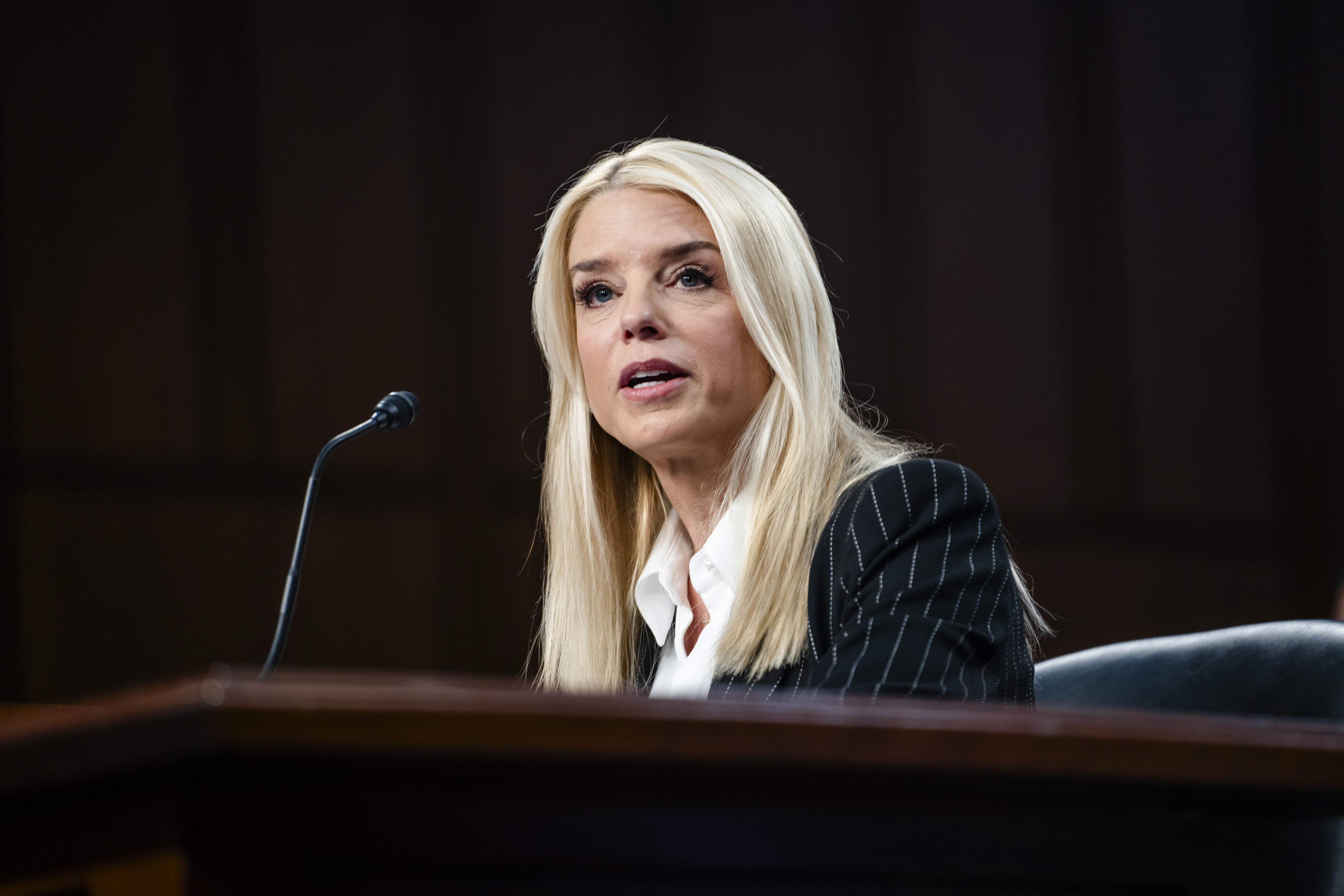
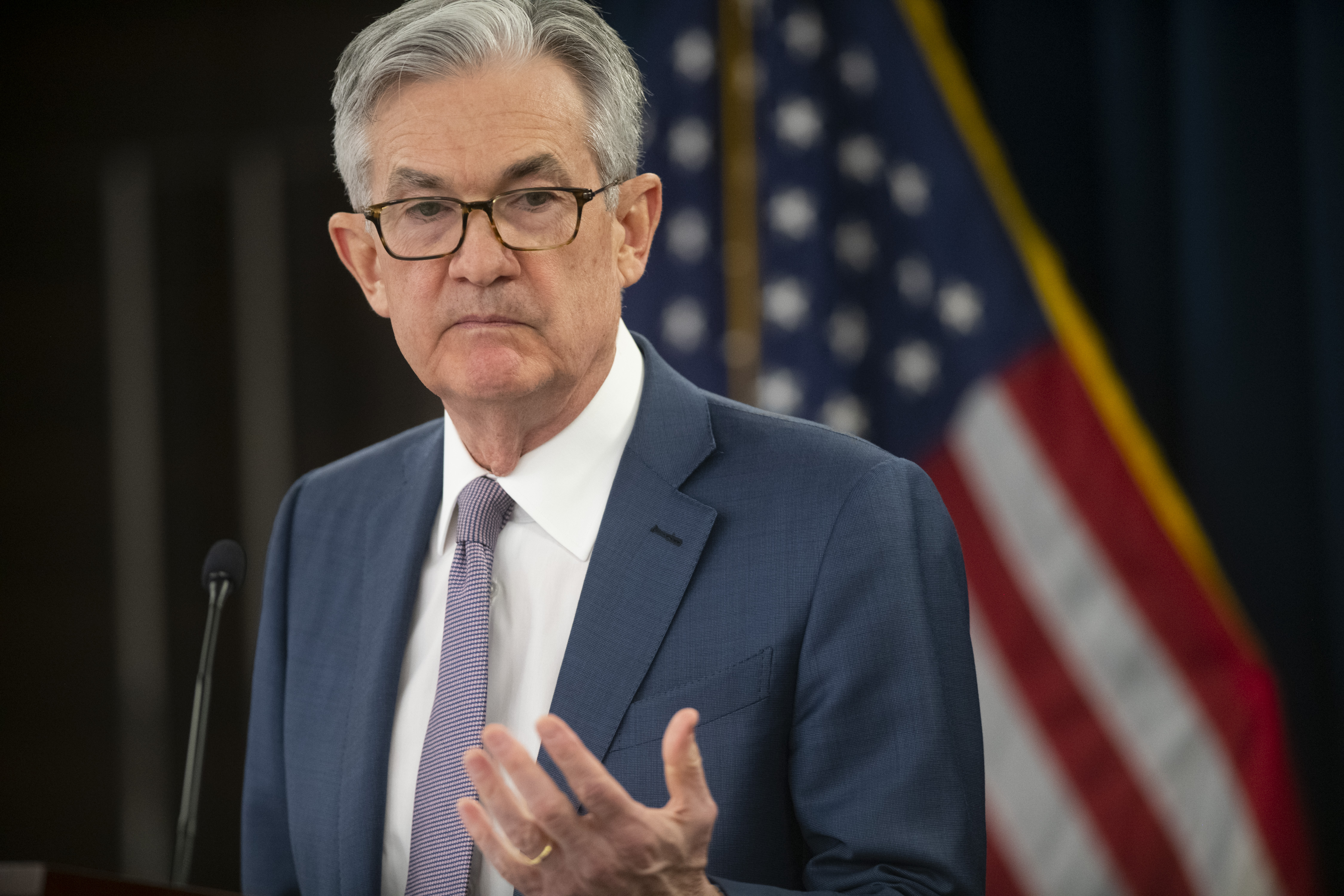
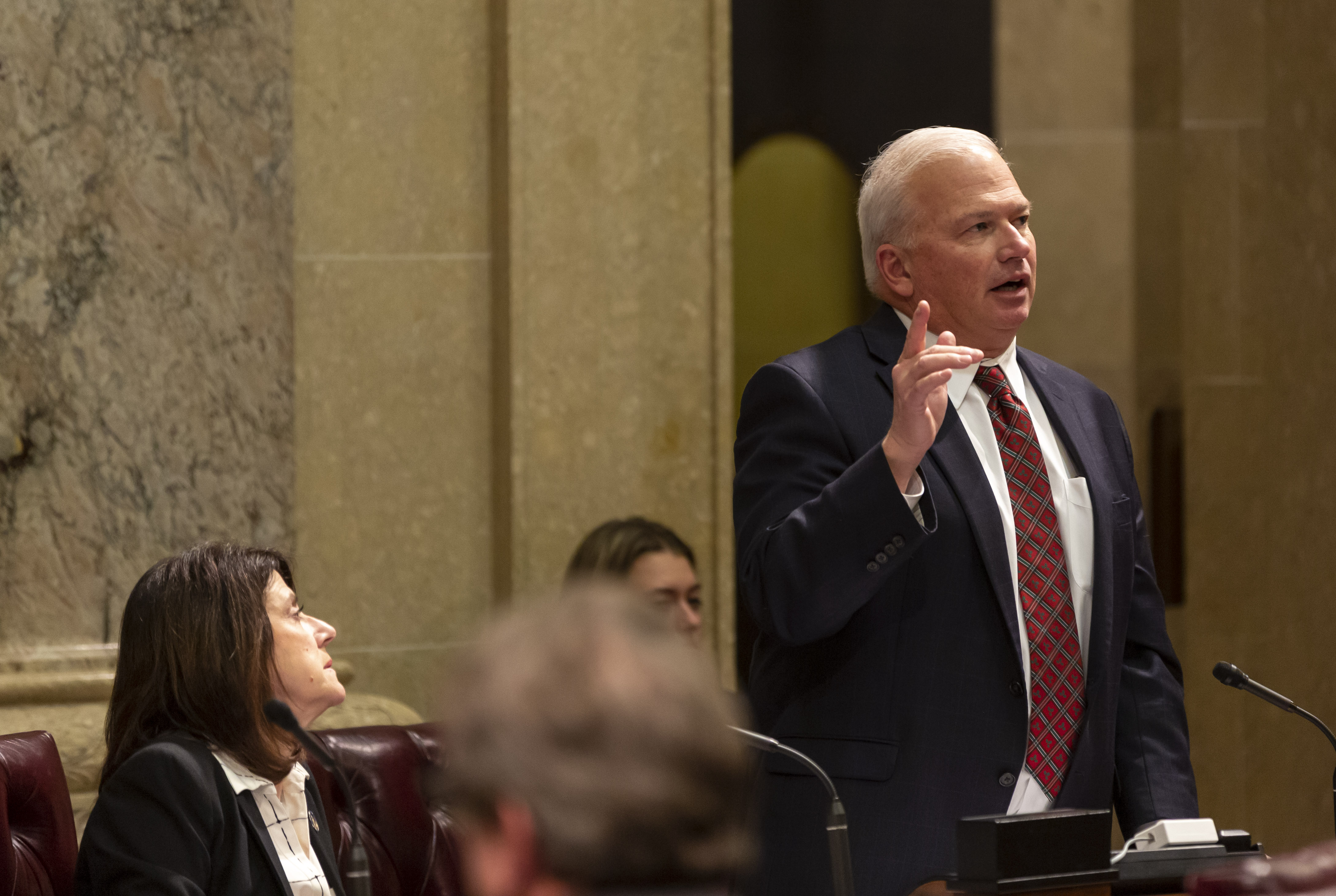





 English (US) ·
English (US) ·